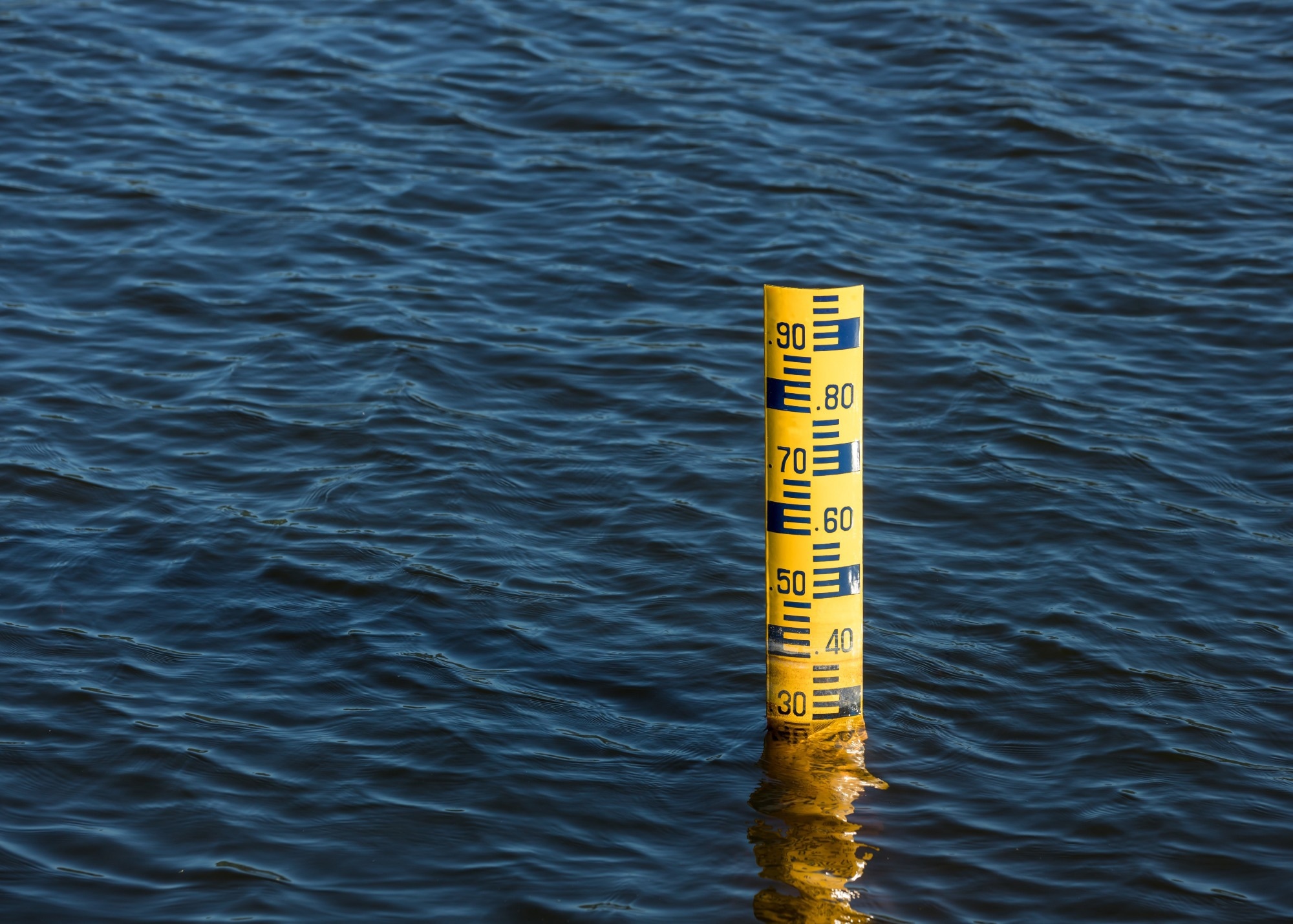In a recent paper published in the journal Science of The Total Environment, researchers employed three deep learning (DL) models to forecast water levels (WLs) at five stations surrounding Poyang Lake and made predictions with varying timeframes.
 Study: Improving Lake Water Level Forecasting Using Deep Learning and Bayesian Model Averaging. Image credit: kckate16/Shutterstock
Study: Improving Lake Water Level Forecasting Using Deep Learning and Bayesian Model Averaging. Image credit: kckate16/Shutterstock
Background
Water levels (WL) in lakes are fundamental indicators of their response to climate change, directly impacting water transportation safety, basin populations, and biodiversity. Consequently, precise lake WL forecasting holds critical importance, especially for effective water resource management. Statistical models, which rely on copious amounts of monitoring data, and mechanistic models are the two main categories of mathematical models that are used in lake WL forecasts.
Mechanistic models necessitate a wealth of input data, encompassing bathymetry, inlet and outlet flows, and meteorological variables, with forecasting precision contingent upon boundary condition predictions. Calibration and validation processes add complexity to their application. In contrast, statistical models leverage observational data to discern variable relationships, offering flexibility in WL forecasting across diverse sites.
The advent of artificial intelligence and machine learning has ushered in a new era in hydrological forecasting, showcasing notable improvements in prediction accuracy. The models, namely random forests (RF), support vector machines (SVM), and artificial neural networks (ANN), have demonstrated substantial gains. For time-series WL forecasting, considering temporal dependencies can potentially enhance machine learning model performance. DL models excel at unraveling time-series dependencies and establishing relationships between historical and future data, facilitating sequence forecasting. For Dongting Lake and Poyang Lake, Huang et al. produced remarkable WL projections, with GRU exceeding ANN. TCN exhibited superior accuracy in flood forecasting compared to ANN, as evidenced by Xu et al. A multitude of studies support the notion that DL models, tailored for time-series forecasting, attain notably high prediction accuracy, and surpass traditional machine learning models.
Methodology
Researchers employed three DL models, namely Long Short-Term Memory (LSTM), Gated Recurrent Unit (GRU), and Temporal Convolutional Network (TCN). LSTM is a recurrent neural network designed to address long-term dependencies by incorporating mechanisms such as a forget gate, memory gate, and output gate. GRU, an evolution of LSTM, simplifies the structure and enhances training efficiency. TCN, a variant of one-dimensional convolutional neural networks, excels at processing time-series data by utilizing causal and extended convolutions.
Furthermore, Bayesian Model Averaging (BMA) is employed as a probabilistic forecasting method to enhance WL forecasts. BMA integrates predictions from multiple ensemble members, providing more reliable and sophisticated ensemble forecasts. It assesses uncertainty and prediction accuracy by combining predictions from various DL models. BMA's parameters are estimated using the Expectation-Maximization (EM) algorithm, and Monte Carlo sampling is applied to acquire probabilistic ensemble predictions, allowing for the calculation of a 90 percent confidence interval.
The study focuses on Poyang Lake, a significant shallow lake in China with substantial ecological and human impacts. Data from multiple hydrological stations (HK, KS, XZ, DC, and TY) are collected to facilitate model training and testing. Input variables for DL models include daily discharges and previous WLs. The models are configured, and hyper-parameters are fine-tuned for accurate prediction. Model performance is evaluated using performance metrics such as relative error (RE), containing ratio (CR), root mean square error (RMSE), coefficient of determinant (R-square), Nash-Sutcliffe efficiency coefficient (NSE), and relative bandwidth (RB). The proposed methodology aims to improve WL prediction accuracy and reliability, addressing the critical need for disaster mitigation and resource management in the Poyang Lake area.
Results and analysis
Among the DL models, evaluation metrics, including NSE, RMSE, R-square, and RE, were used to assess their performance. During the training phase, GRU was the best model 38 times, while during the testing phase, it was the best model 37 times. Whereas LSTM was ideal eight times during training and five times during testing, TCN was optimal fourteen times during training and eighteen times during testing. Notably, the optimal model varied by site and forecast period. In general, GRU outperformed in most scenarios, but no single model consistently provided the best results for all sites and forecast periods.
The BMA method was used to integrate results from multiple single models and reduce uncertainty. Model weights were determined using the training set, and the ensemble WL forecast results based on BMA were calculated for both the training and testing periods. Results show that BMA consistently outperformed the individual models, exhibiting better accuracy in most forecast scenarios, including different stations and forecast periods. The BMA method provided deterministic and probabilistic forecasts, with the latter obtained using the Monte Carlo sampling method. Confidence intervals were evaluated using CR and RB metrics, with CR values indicating a high probability (over 84%) that WLs would fall within the 90 percent confidence interval. RB values increased with longer forecast periods, implying lower uncertainty in short-term forecasts.
Conclusion
In summary, researchers employed an effective framework that combines BMA with DL models for Poyang Lake's WL predictions at various forecast periods. Four evaluation metrics indicate satisfactory forecast results for DL models, with GRU consistently outperforming TCN and LSTM in most scenarios. BMA further enhances accuracy in 80 percent of cases compared to DL models, with negligible differences when ranked second. This framework offers precise predictions without complex model selection and is adaptable to other hydrological variables.